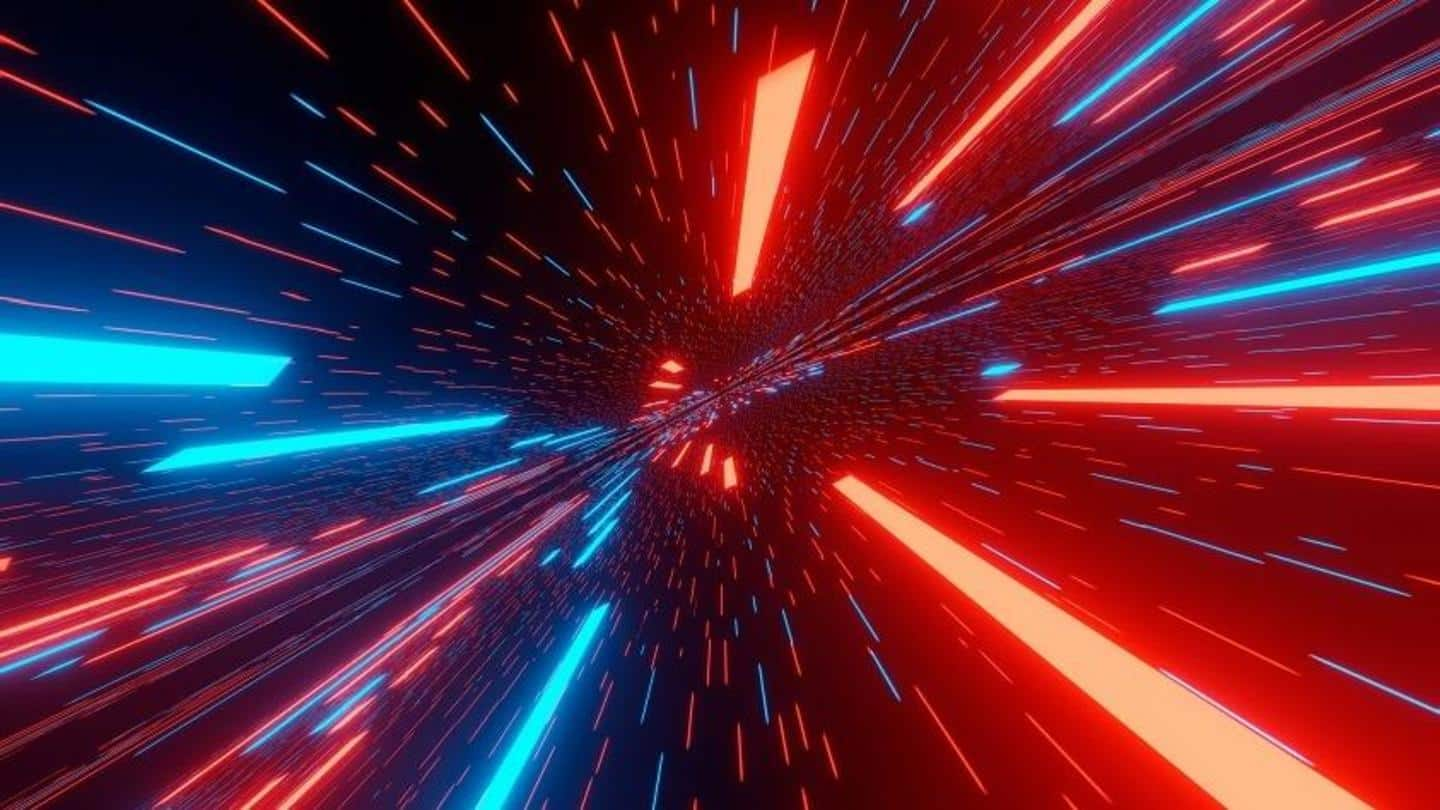
Traveling faster than light is possible, suggests study: Here's how
What's the story
The possibility of visiting other star systems has always fascinated mankind. However, limitations of conventional spaceflight make this a distant possibility. However, physicist Dr. Erik Lentz has proposed a solution to this. What makes his idea stand out is it is agreeable to Albert Einstein's theories of relativity. Let's take a look at Lentz's theoretical gymnastics and how it makes faster-than-light spaceflight a possibility.
Context
Why does this story matter?
Haven't we all dreamt of traveling to distant galaxies? Well, those dreams could become a reality. After years of theorizing about traveling faster than light, Dr. Lentz's hypothesis brings us a little close to a machine capable of traveling at high velocity. There are more puzzles to solve, but such a free flow of ideas from physicists is what makes distant dreams a possibility.
Relativity conundrum
Most theories conceptualizing faster-than-light-travel depend on exotic physics
According to Einstein's theories of relativity, there's no way to match or exceed the speed of light. This has been a major roadblock in theorizing faster-than-light travel. Physicists have considered the possibility of bending space-time for transport purposes, but for that, we need hypothetical particles and states of matter with exotic physical properties. Such matter is either not found currently or is not viable.
Solitons
Lentz proposes new-class of hyper-fast solitons or 'warp bubbles'
Lentz's proposition takes into account Einstein's relativity equations and formulates a way to travel faster than light without any exotic physics. His idea is based on what he calls a new class of hyper-fast solitons or "warp bubbles." These are waves that maintain their shape while traveling at constant velocity. According to him, these solitons would only need sources with positive energy densities.
Energy
Warp drive would require great amount of energy
With sufficient energy, hyper-fast solitons will enable objects to pass through space-time without being affected by extreme tidal forces. This means the passing of time inside the soliton will match the time outside, and hence there would be no twin-paradox complications, too. However, this warp drive would require excessive amounts of energy, making it a hypothetical possibility for now.
Information
Faster-than-light travel is little close to engineering
About his discovery, Lentz said, "This work has moved the problem of faster-than-light travel one step away from theoretical research in fundamental physics and closer to engineering."